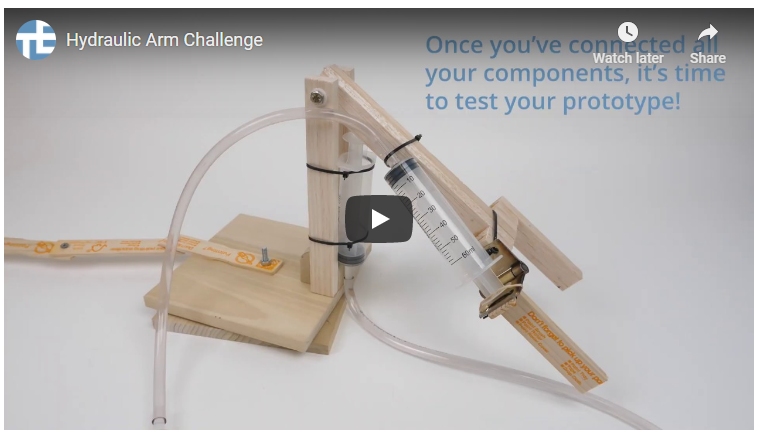Students Learn About
- strength of materials
- material properties
- fluid mechanics
- electricity & magnetism
- thermodynamics
Students Learn To
- carry out experiments to demonstrate basic STEM principles
- determine the properties of materials
- use models to demonstrate and describe Pascal’s Principle
- complete basic experiments involving electricity and magnetism
- explain basic thermodynamic processes
STEM Learning Activities
Suggested Practical Activity 1: STELR Wind Energy Program

The STELR Wind Energy program is a STEM education program designed to engage students in learning about energy and sustainability. It uses the theme of renewable energy to harness students’ interest in, and concern about climate change and rising energy costs. The inquiry-based and hands-on learning program engages and challenges both students and teachers.
The Wind Energy resource includes class sets of purpose-designed and built equipment as well as curriculum materials available in the resources section below. The STELR Wind Energy module was developed from the broader STELR Renewable Energy module. For the iSTEM Fundamentals Module it is recommended that you only undertake a small number of the experiments.
This unit requires the school to purchase the STELR Wind Energy Kit.
The STELR Wind Energy Equipment class sets include all the equipment required for students to undertake investigations into energy transfers and transformations and the generation of electricity using wind turbines. To purchase a class set of STELR Wind Energy equipment contact STELR.admin@atse.org.au
Click on the resource page button below for more resources related to this suggested activity
Suggested Practical Activity 2: Pitsco T-Bot II Hydraulic Arm Kit

The T-Bot® II is a great project for illustrating hydraulic power and mechanics. See how syringes, tubes and water work together to power the parts of this robotic arm. Each control moves one of the T-Bot II’s axes. The four controls can be used one at a time or all at once by a team of students – they can try basic manoeuvres or moving objects as a team-building exercise! This is a perfect exercise for an iSTEM class not only learning about hydraulics but also developing teamwork.
The T-Bot II can be used for a range of ages and educational concepts – from showing third graders how to work together to helping college students explore load and effort forces.
This unit requires the school to purchase a Pitsco T-Bot II available in Australia from Kookaburra Educational Resources
https://www.kookaburra.com.au/pitsco-t-bot-ii-hydraulic-arm-pack
Click on the resource page button below for more resources related to this suggested activity
Suggested Practical Activity 3: SISP Robotic Arm Challenge
 The SISP Robotic Arm Challenge is a low cost alternative to the Pitsco T-Bot Hydraulic Arm kit. The materials and equipment required to construct this hydraulic arm can be easily sourced. Using resources from your woodwork or metalwork labs make it easy to construct a simple prototype. In this challenge students use syringes, tubes and water to power the parts of this robotic arm. You could use the Pitsco T-Bot II resource page to provide some ideas and materials to support the SISP Robotic Arm Challenge. It is recommended that you use these resources in planning this project. This is a perfect exercise for an iSTEM class learning not only about hydraulics but also teamwork.
The SISP Robotic Arm Challenge is a low cost alternative to the Pitsco T-Bot Hydraulic Arm kit. The materials and equipment required to construct this hydraulic arm can be easily sourced. Using resources from your woodwork or metalwork labs make it easy to construct a simple prototype. In this challenge students use syringes, tubes and water to power the parts of this robotic arm. You could use the Pitsco T-Bot II resource page to provide some ideas and materials to support the SISP Robotic Arm Challenge. It is recommended that you use these resources in planning this project. This is a perfect exercise for an iSTEM class learning not only about hydraulics but also teamwork.
This unit does not require the purchase of external kits but you will need to source materials locally and use wood or metal from your labs.
An instruction sheet for the SISP Robotic Arm Challenge is available below in the downloads section of this resource page.
Downloads

Videos
Links











